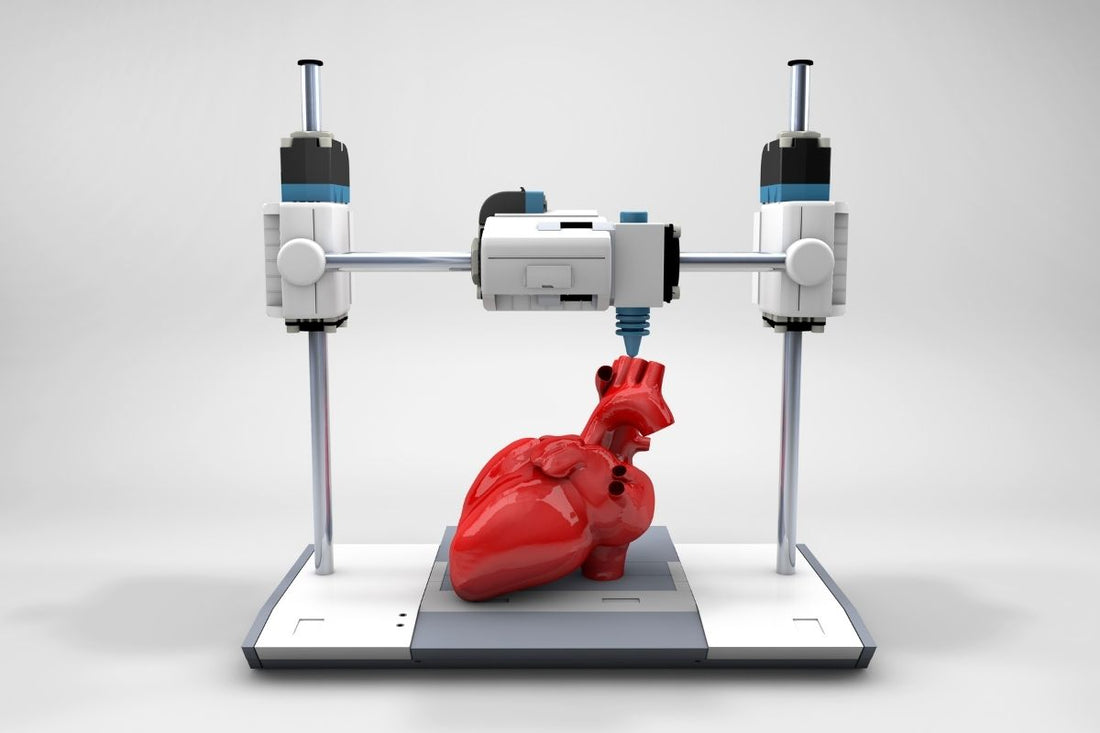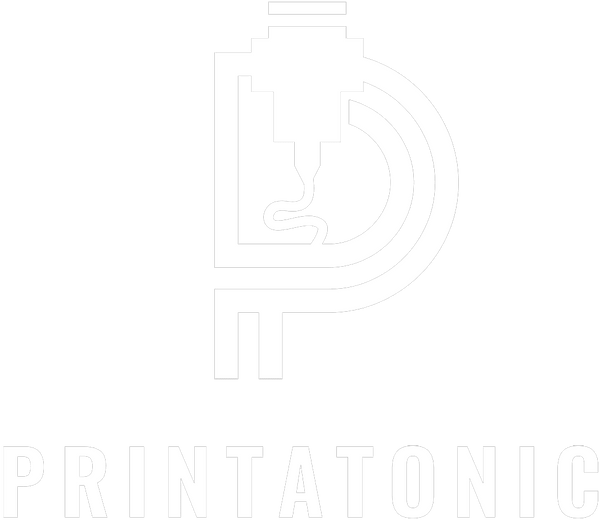
Bioprinting? What it is and why it's revolutionizing modern medicine
Share
3D bioprinting has evolved from a futuristic innovation to a reality that is transforming multiple sectors, especially medicine. This technology, which allows for the creation of biological tissues and structures through layer-by-layer printing, promises a future in which personalized medical treatments and organ regeneration will be possible on a large scale.
What is 3D bioprinting?
3D bioprinting is an advanced technique that combines 3D printing with biotechnology. It uses "bio-inks" that can be composed of living cells, biomaterials, and growth factors to build biological structures. From its early stages in printing simple tissues, it has evolved into the creation of complex tissues and organ models, enabling significant advances in medical research and the development of personalized treatments.
The most commonly used methods in 3D bioprinting include:
● Injection bioprinting , which allows for the precise placement of cells and biological materials.
● Extrusion bioprinting , ideal for creating thicker and more complex tissues.
● Laser-assisted bioprinting , which offers high precision for the creation of delicate cellular structures.
Types of biotechnology applied to 3D bioprinting
3D bioprinting benefits from different branches of biotechnology, each represented by a color:
● Red Biotechnology : Focused on medical applications, such as organ creation, tissue regeneration, and the development of personalized treatments.
● Green biotechnology : related to the production of biocompatible and sustainable materials, which are beginning to replace synthetic materials in bioprinting.
● White biotechnology : aims for sustainability and efficiency in production, ensuring that the materials used are less harmful to the environment.
This integration of different branches of biotechnology has allowed 3D bioprinting to be used efficiently and with less environmental impact, in addition to improving the quality and durability of printed materials.
Medical applications of 3D bioprinting
One of the most exciting uses of 3D bioprinting is the creation of personalized organs and tissues. Instead of relying on donors, this technology opens the door to "on demand" organ manufacturing. Examples of real-life applications include:
● Bioprinted bladders , which have already been transplanted into human patients with positive results.
● Miniature liver models used in pharmaceutical research, enabling more accurate and ethical drug testing.
Organ models for medical training
In addition to creating functional organs, 3D bioprinting has improved medical training. Producing realistic anatomical models allows students and practitioners to practice complex surgical procedures before real-life cases, reducing risk and improving accuracy.
Tissue repair and regeneration
3D bioprinting is marking a turning point in regenerative medicine, with the ability to repair damaged tissue. Some of its applications include:
● Skin regeneration : For patients with severe burns, custom-made sheets of skin can be printed with the patient's own cells, reducing the risk of rejection.
● Cartilage reconstruction : Bioprinting allows for the creation of patient-specific cartilage, aiding in the repair of joint injuries and improving recovery.
● Muscle tissue printing : Useful in cases of trauma or degenerative diseases, allowing the regeneration of functional muscle.
3D bioprinting and sustainable development
3D bioprinting not only has medical applications but also supports sustainability . It contributes to the Sustainable Development Goals (SDGs) by reducing animal testing, optimizing the use of biological resources, and facilitating equitable access to advanced treatments. The focus on personalized medicine allows for more effective treatments, reducing waste and maximizing efficacy.
Innovative applications of bioprinting in other sectors
Although medicine is one of the fields that benefits most from bioprinting, this technology has potential in other sectors :
● Food industry : Bioprinting is being used to create sustainable foods, including lab-grown meats that reduce the ecological footprint.
● Cosmetics industry : The creation of living tissues for cosmetic product testing replaces the need for animal testing, ensuring safer and more ethical products.
New frontiers for the future of 3D bioprinting
The future of 3D bioprinting is promising. Current research focuses on the creation of functional organs , the printing of more complex tissues, and the personalization of treatments through personalized medicine . It is expected that in the coming years, bioprinting will enable large-scale organ production and that the technology will be integrated into hospitals and clinics around the world.
3D bioprinting is not only changing modern medicine, but also promises to transform entire industries , making our future more sustainable, ethical, and efficient. Research and development in this field are advancing by leaps and bounds, bringing us ever closer to a world where personalized medicine and organ regeneration are accessible to all.
At Printatonic , we offer advanced 3D printing solutions tailored to a variety of industries, from medicine to jewelry. Contact us and find out how we can help you innovate in your industry or business!


